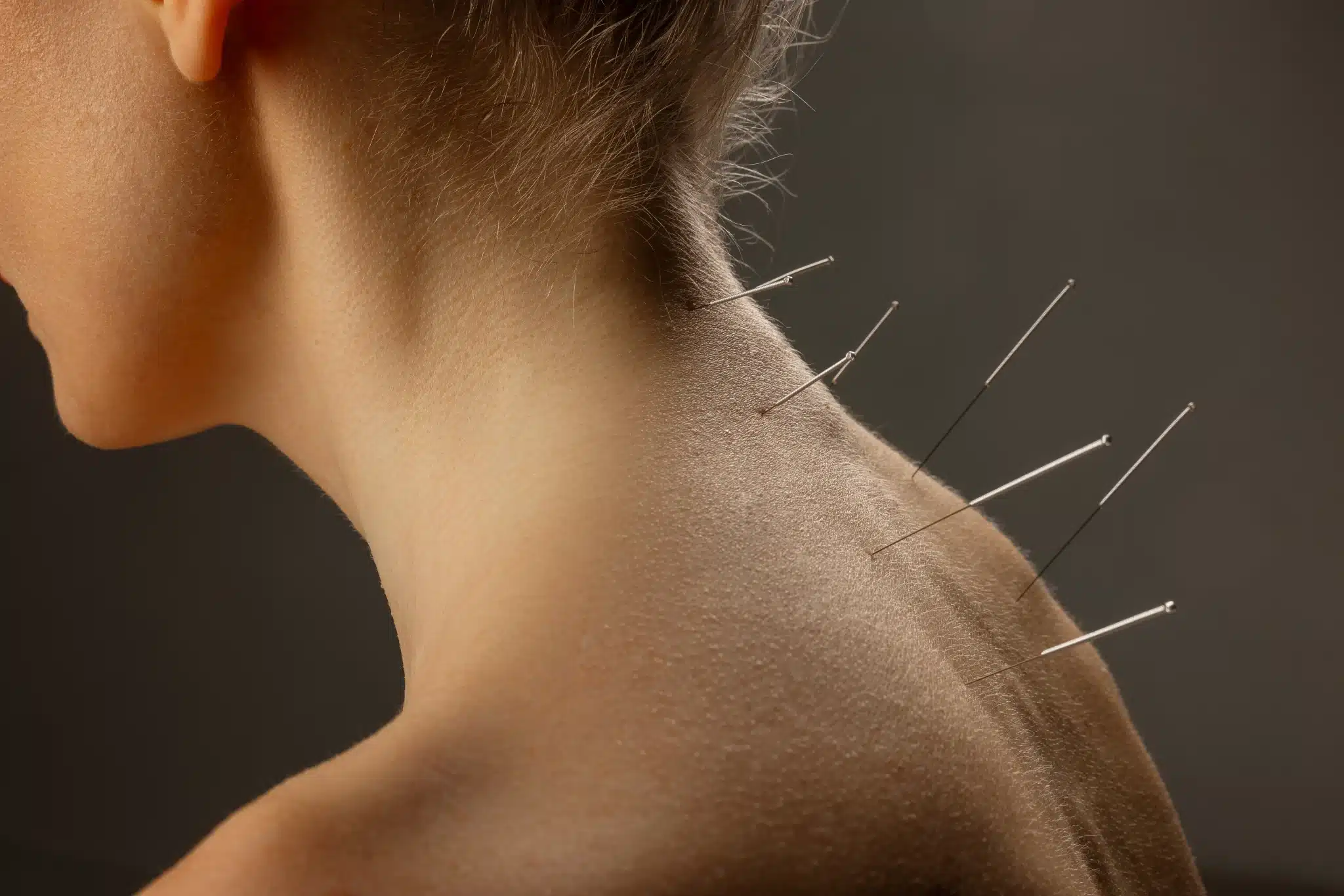Getting paid properly for your acupuncture services shouldn't feel like solving a puzzle. Yet many practitioners struggle with claim denials, delayed payments, and confusing billing codes that seem to change overnight.
Ready to streamline your acupuncture billing process? Contact our billing experts today to discover how we can help you maximize revenue while you focus on patient care.
We know the challenges you face. Insurance companies demand precise documentation. One wrong code can trigger a denial. Missing modifiers create delays. That's why understanding acupuncture cpt codes has become crucial for practice success.

The Four Essential Acupuncture CPT Codes
Every acupuncture practice relies on four primary billing codes. These codes represent 15-minute increments of patient contact time.
CPT 97810: Manual Acupuncture (Initial)
This code covers your first 15 minutes of needle insertion without electrical stimulation. You'll use this for initial manual acupuncture treatments during each session.
CPT 97811: Manual Acupuncture (Additional)
When treatment extends beyond 15 minutes, bill additional units with this code. Each unit represents another 15 minutes of manual needle work.
CPT 97813: Electroacupuncture (Initial)
For treatments using electrical stimulation, start with this code. It covers the first 15 minutes of electroacupuncture therapy.
CPT 97814: Electroacupuncture (Additional)
Continue billing additional electroacupuncture time with this code. Like 97811, each unit equals 15 minutes.
Important: Never bill 97810 and 97813 together on the same date. Choose one based on whether you use electrical stimulation.
Acupuncture CPT Codes Billing Guidelines
Success with acupuncture billing requires following specific rules. Time documentation matters most since all codes are time-based.
Time Tracking Requirements
Document exact start and stop times for each treatment. Face-to-face patient contact includes:
- Needle insertion and manipulation
- Patient assessment during treatment
- Treatment planning discussion
- Post-treatment evaluation
The 8-Minute Rule
Medicare's 8-minute rule applies to add-on codes (97811 and 97814). Bill one unit when you reach at least 8 minutes but less than 23 minutes of additional time.
Example: A 40-minute total treatment breaks down as:
- One unit of 97810 or 97813 (initial 15 minutes)
- Two units of 97811 or 97814 (25 additional minutes)
Essential Modifiers for Acupuncture Billing
Modifiers prevent claim denials and ensure proper payment. Three modifiers matter most for acupuncture practices.
Modifier 25: Separate E&M Service
Use this when providing evaluation and management services separate from acupuncture treatment. Document why the E&M was necessary and distinct.
Modifier 59: Distinct Service
Apply this modifier when performing separate, identifiable services on the same day. Common with additional therapies or treatments.
You may be interested in learning about the differences between Modifier 25 and Modifier 57: Read more here
Modifier KX: Medical Necessity
Some payers require this modifier to indicate services exceed typical therapy thresholds but remain medically necessary.
Struggling with modifier usage? Our billing specialists can help you apply modifiers correctly to maximize reimbursements.
Evaluation and Management Codes
Don't bill E&M codes with every visit. The primary acupuncture codes already include basic evaluation components.
New Patient Codes (99201-99204)
Bill these only for initial consultations or comprehensive evaluations. A new patient hasn't received services from your practice within three years.
Established Patient Codes (99211-99214)
Use these every 30 days or every sixth visit for established patients. Document medical necessity for separate billing.
Key Rule: Acupuncture treatment codes include routine evaluation. Only bill separate E&M when providing significant additional assessment.
Documentation Requirements
Proper documentation protects against audits and supports medical necessity. Include these elements in every patient record:
Treatment Details
- Specific acupuncture points treated
- Number of needles used
- Manual or electrical stimulation method
- Total face-to-face time with patient
Medical Justification
- Primary diagnosis supporting treatment
- Patient's response to previous treatments
- Treatment goals and expected outcomes
- Progress notes showing improvement
Time Documentation
- Exact start and stop times
- Breakdown of time spent on different activities
- Face-to-face vs. non-face-to-face time
Insurance Coverage Variations
Different payers have unique requirements for acupuncture billing. Understanding these differences prevents claim rejections.
Medicare Guidelines
Medicare covers acupuncture only for chronic low back pain lasting over 90 days. Patients can receive:
- Up to 12 sessions in 90 days initially
- Additional 8 sessions if showing improvement
- Maximum 20 treatments annually
Private Insurance
Coverage varies significantly between plans. Always verify benefits before treatment. Some plans require:
- Prior authorization
- Specific diagnosis codes
- Treatment from licensed providers only
Workers' Compensation
Most workers' comp programs cover acupuncture for work-related injuries. Documentation requirements often exceed standard insurance needs.
| CPT Code | Description | Time | Medicare MUE |
|---|---|---|---|
| 97810 | Manual acupuncture, initial | 15 minutes | 1 |
| 97811 | Manual acupuncture, additional | 15 minutes | 2 |
| 97813 | Electroacupuncture, initial | 15 minutes | 1 |
| 97814 | Electroacupuncture, additional | 15 minutes | 2 |

Common Billing Errors to Avoid
Mistakes cost money and create administrative headaches. Watch for these frequent problems:
Time Calculation Errors
Don't round up time or bill for non-face-to-face activities. Insurance auditors scrutinize time documentation carefully.
Inappropriate E&M Billing
Avoid billing evaluation codes with routine acupuncture visits. This triggers automatic denials from most payers.
Missing Documentation
Incomplete records lead to claim reviews and potential payment delays. Document everything during the visit, not later.
Incorrect Code Combinations
Never bill 97810 with 97813 on the same date. Choose based on treatment method used.
Maximizing Your Practice Revenue
Smart billing practices increase revenue while reducing administrative burden. Focus on these key areas:
Insurance Verification
Check benefits before every visit. Coverage can change between sessions, creating unexpected denials.
Proper Documentation
Invest time in complete notes during visits. Good documentation prevents most claim issues.
Staff Training
Ensure your team understands coding rules and documentation requirements. Regular training reduces errors.
Technology Solutions
Practice management software with built-in coding support reduces human error and speeds claim submission.
Moving Forward with Confidence
Understanding acupuncture cpt codes gives you control over your practice's financial health. Proper billing ensures you receive fair payment for the valuable services you provide.
Remember these key points:
- Use appropriate codes based on treatment method
- Document time and medical necessity thoroughly
- Apply modifiers correctly to prevent denials
- Verify insurance coverage before treatment
Your expertise in healing deserves proper compensation. Master these billing fundamentals, and you'll spend less time fighting claims and more time helping patients achieve wellness.
Transform your billing process today. Contact Holistic Billing Services to learn how our specialized acupuncture billing expertise can increase your revenue by up to 30% while reducing administrative stress.





